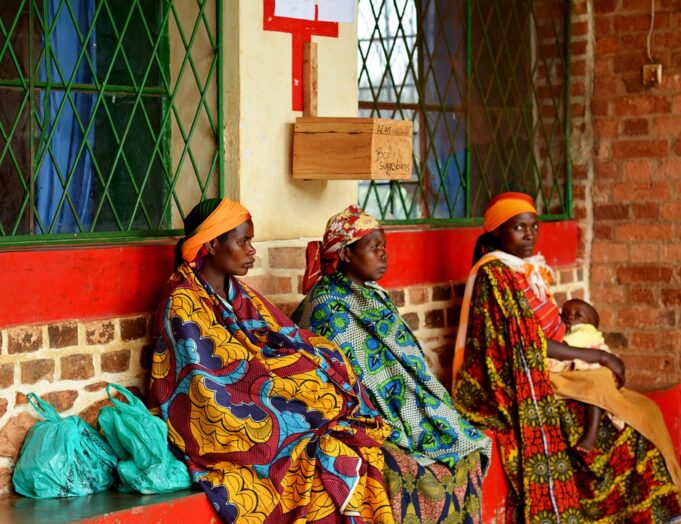Why Women with False Positive Mammograms May Be at Higher Risk for Breast Cancer
A false positive mammogram is when a mammogram indicates the presence of breast cancer, but further testing reveals that there actually isn’t any cancer. While this may seem like good news, recent studies have shown that women who experience false positive mammograms may be at a higher risk for developing breast cancer in the future.
According to a study published in the Journal of the National Cancer Institute, women who had experienced a false positive mammogram were 39% more likely to develop breast cancer within ten years compared to women who had not had a false positive result. The study also found that these women were more likely to have aggressive forms of breast cancer.
But why does this happen? One theory is that undergoing additional testing and biopsies after receiving a false positive result could cause damage or changes to breast tissue, making it more susceptible to developing cancer later on.
Another possibility is that women who receive false positives are simply being monitored more closely and therefore diagnosed with breast cancer sooner than those without prior abnormal results. However, even after adjusting for factors such as age and family history of breast cancer, the increased risk remained significant.
This new information has important implications for both patients and doctors. Patients should be aware of their individual risk factors and discuss them with their healthcare providers. Doctors should consider previous false positives as an important factor when assessing overall risk and determining appropriate screening protocols.
Dr. Louise Henderson, lead author of the study from the University of North Carolina at Chapel Hill, emphasizes the importance of personalized care: “We need to take into account all aspects of someone’s medical history…to provide tailored recommendations about screening.”
It’s worth noting that while having a false positive result can be stressful and inconvenient due to follow-up tests or biopsies, it doesn’t necessarily mean an increased risk for developing actual breast cancer. In fact, most abnormalities detected on mammograms turn out to be benign.
However, it’s important for women to stay vigilant and continue regular screening as recommended by their healthcare providers. Early detection is key in successfully treating breast cancer.
Future Advances
As research continues, there may be new ways to improve the accuracy of mammograms and reduce false positives. One promising area of study involves using artificial intelligence (AI) algorithms to analyze mammogram images and identify potential abnormalities more accurately than traditional methods.
In a recent study published in Nature Medicine, researchers from Google Health used an AI model trained on over 76,000 mammograms from women in the United Kingdom and the United States. The model was able to detect breast cancer with greater accuracy than human radiologists in both countries.
While this technology is still being tested and refined, it has great potential for improving early detection rates while reducing unnecessary biopsies or follow-up tests due to false positives.
Another area of interest is developing personalized risk assessments that take into account a variety of factors beyond age and family history. For example, some studies have suggested that certain lifestyle factors such as diet or exercise habits could impact breast cancer risk.
By combining these individualized risk assessments with advanced screening techniques like AI-powered mammography analysis, doctors could potentially provide even more tailored recommendations for each patient’s unique needs.
In conclusion, while receiving a false positive result can be concerning for patients undergoing routine screenings like mammograms, this new research highlights the importance of considering all aspects of medical history when assessing overall breast cancer risk. As advances continue in both screening technology and personalized care approaches, we can hope for better outcomes for all women at risk for this disease.
*Note: this site does not provide medical opinions or diagnosis and should not be relied upon instead of receiving medical attention from a licensed medical professional.




